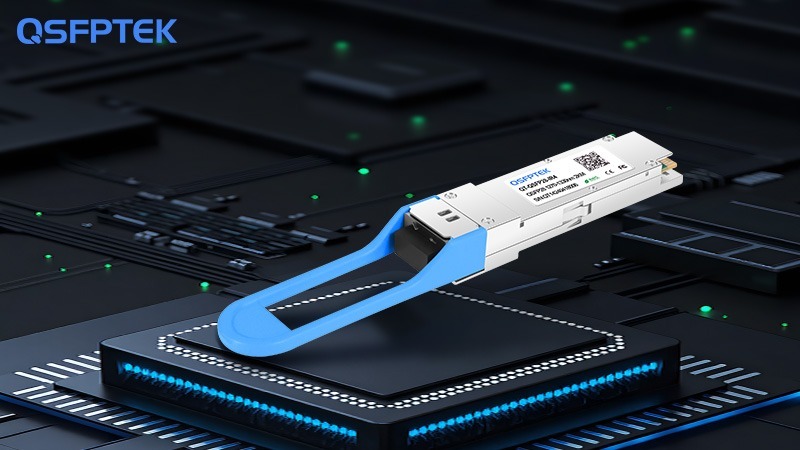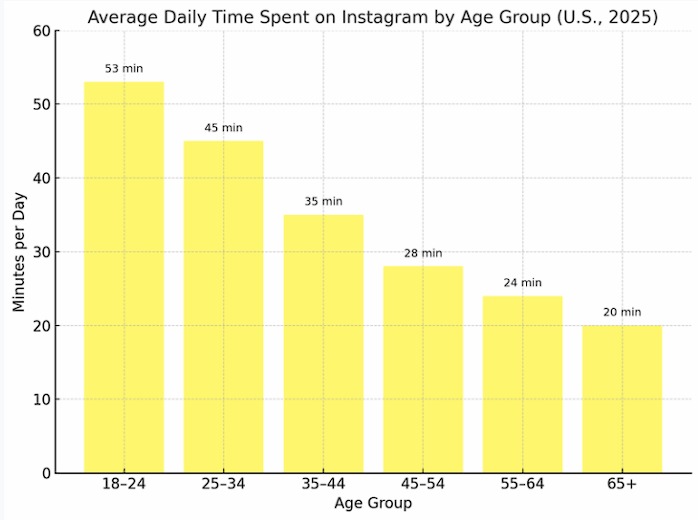How 100G IR4 Bridges the Gap Between Data Center and Metro Networks
As modern networks evolve to meet the increasing demands of cloud computing, video streaming, and IoT, the need for efficient high-speed connections between data centers and metro networks has never been greater. Among various 100G optical module standards, the 100G IR4 has emerged as a powerful and cost-effective solution that fills the critical gap between short-reach and long-reach transmission requirements.
What Is 100G IR4
The 100G IR4 optical module is designed for transmission distances up to 2 km over single-mode fiber (SMF). It typically operates on four wavelengths around the 1310 nm band, each transmitting 25Gbps of data, achieving an aggregate rate of 100Gbps. This makes it suitable for connecting data centers located within a metropolitan area or across campus environments.
Unlike the 100G SR4 (which is limited to a few hundred meters) or the 100G LR4 (which supports up to 10 km but at a higher cost), the IR4 standard offers a balanced alternative, providing sufficient reach while maintaining a more affordable cost and lower power consumption.
Bridging Data Center and Metro Network Requirements
In today’s network architecture, data center interconnection (DCI) serves as the backbone for high-speed data transfer between facilities. As cloud providers and telecom operators continue to expand their infrastructures, connections within metropolitan areas demand both high bandwidth and moderate transmission distances, the sweet spot for the 100G IR4 module.
The IR4 module enables efficient east-west traffic between distributed data centers, allowing real-time replication, data backup, and workload balancing. At the same time, it integrates seamlessly with metro networks, providing the capacity needed to handle north-south traffic between access, aggregation, and core layers.
By using CWDM technology and cost-effective 1310 nm lasers, 100G IR4 modules deliver the bandwidth required for metro-scale communication while keeping deployment costs under control, an ideal combination for operators seeking to optimize both CAPEX and OPEX.
Advantages of 100G IR4 in Real Deployments
Optimized Reach and Cost
The 100G IR4’s intermediate transmission distance makes it more economical than long-reach modules like 100G LR4, without sacrificing reliability. It’s perfectly suited for interconnecting data centers that are several kilometers apart.
Lower Power Consumption
With efficient laser design and optimized modulation techniques, IR4 modules consume less power than their LR4 counterparts, helping reduce energy costs in large-scale DCI deployments.
High Compatibility and Flexibility
The IR4 standard is compatible with QSFP28 interfaces, widely supported by modern switches and routers, making it easy to integrate into existing infrastructures without extensive upgrades.
Reliable Signal Integrity
The use of 1310 nm CWDM wavelengths and built-in FEC (Forward Error Correction) ensures strong signal performance and minimal bit errors, even in metro-scale transmission environments.
Applications
100G IR4 modules are ideal for data center interconnects (DCI), campus networks, and metro aggregation layers, where links typically range from a few kilometers to about 10 km. These scenarios require a balance between cost efficiency, high throughput, and stable signal transmission, precisely where IR4 excels.
Conclusion
The 100G IR4 module represents a crucial link in modern optical networking, effectively bridging the gap between short-distance data center links and long-distance metro backbones. With its blend of performance, efficiency, and affordability, it has become a preferred choice for network operators seeking scalable, high-speed connectivity across metropolitan regions. As data traffic continues to grow, 100G IR4 stands as a strategic enabler of the next generation of interconnected, high-performance networks.






